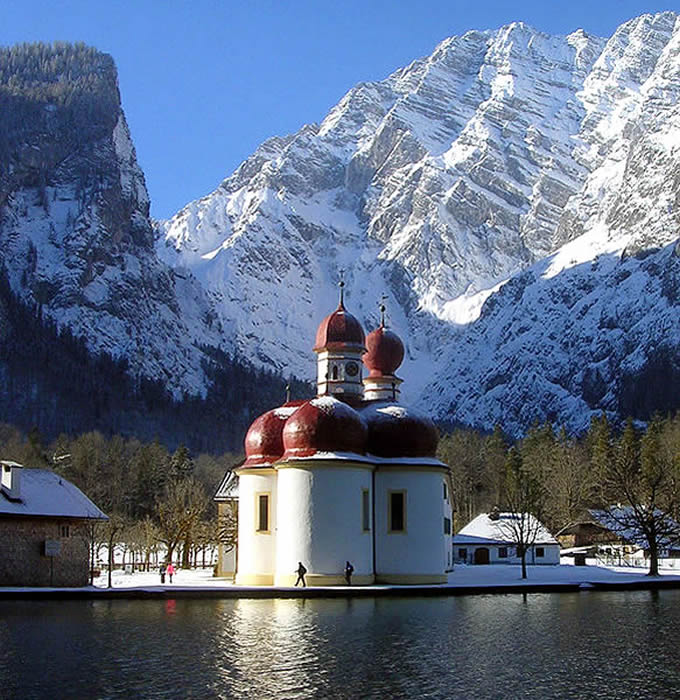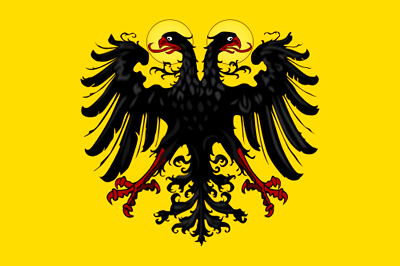 Holy Roman Empire
Holy Roman Empire

(Text by Duane R. Hurst © 2013)
Click on a link to view its information and pictures.
|
HOLY ROMAN EMPIRE LINKS: Significant Event: Founding of Freiburg and Munich Main Cities: Berlin; Prague; Rome Time: 962-1806 AD Language: Dutch; German; Italian; Polish Personage: Otto I Religion: Christianity Related Country: Austria; Belgium; Germany; Italy; Poland; Netherlands; Switzerland Brief History: I have included only a few items concerning the history of this empire. A good source for more details can be found on Wikipedia or in history books. |
|
|
FORMATIVE YEARS:
In 408 AD, the Roman Empire began its slide into a total collapse, finalized in 565 AD during the Lombard invasion. The Carolingian Empire of Franks under Charlemagne succeeded to much of northern Europe. On Christmas Day 800 AD, Pope Leo III crowned Charlemagne as Emperor of the Romans. The last such Emperor was Berengar I of Italy in 924 AD. Circa 900 AD, many small autonomous duchies replaced East Francia of Carolingian lands. These united under Henry the Fowler, who defeated the Magyars at the Battle of Riade in 933 AD. A subsequent king, Otto I, defeated the Magyars in 955 AD at Lechfeld. He later aided Adelaide, widowed Queen of Italy, and married her. In 962 AD, Otto became the First Holy Roman Emperor. EXPANSION OF TERRITORY: By 1000 AD, The Holy Roman Empire expanded territory in Italy and central Europe. Emperors and Popes frequently were at odds, despite supposedly working together for improving the lives of their subjects. Popes threatened to excommunicate kings and emperors who resisted a disagreeable papal decree. Emperor Henry IV (1084-1105 AD) endured an Investiture Controversy with Pope Gregory VII, who emphasized the authority of church over state. In 1212 AD, Emperor Frederick II allowed the Kingdom of Bohemia to become a regional power. During the Hohenstaufen family rule in 1226 AD, Duke Konrad of Masovia invited Teutonic Knights to Christianize pagan Prussians. CRUSADING ORDERS: In 1190 AD, Frederick Barbarossa of the Hohenstaufen dynasty died during the Third Crusade. His son, Henry VI, imprisoned King Richard of England and conquered the Norman Kingdom of Sicily. Other former crusading military orders that operated in the Holy Roman Empire included: Knights Hospitaller (aka Knights of Saint John) and Knights Templar. A papal bull of 2 May 1312 AD granted Templar lands and wealth to the Hospitallers. The Teutonic Knights reached a peak of power in 1407 AD. A combined Lithuanian-Polish army crushed the Knights in 1410 AD at Grunwald. EMPIRE COLLAPSE: Between 1618 and 1648 (Thirty Years' War), Catholic forces of the Holy Roman Empire and Protestants battled throughout central Europe. Over eight million people died in the conflict. One battle was at Weißenberg in 1620 AD, which resulted in Catholic dominance in Czech lands. The war also prompted the later unification of Germany in 1871. Militarism from Napoleonic France ended the Empire on 6 August 1806 AD. Emperor Francis II abdicated on that date. During empire's later years, many Christians made a pilgrimage to Rome. (See Another View.) |
|
|
© Page Publisher: Duane R. Hurst
|


